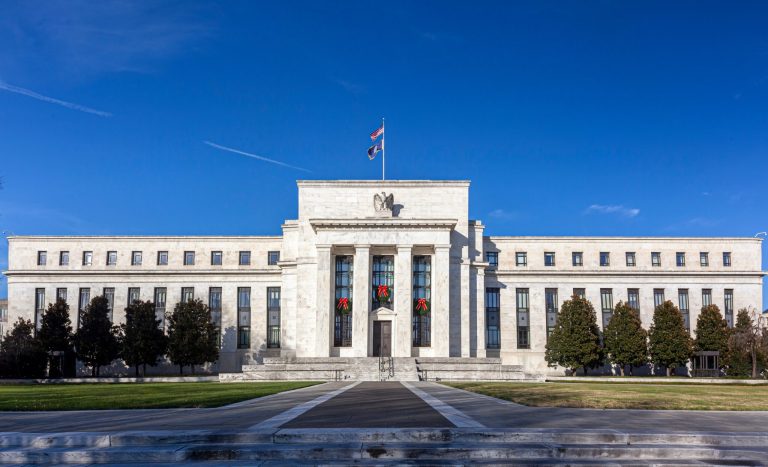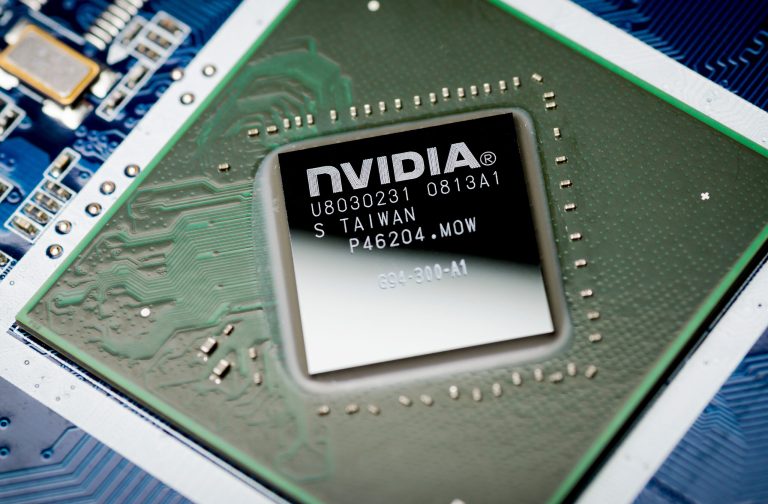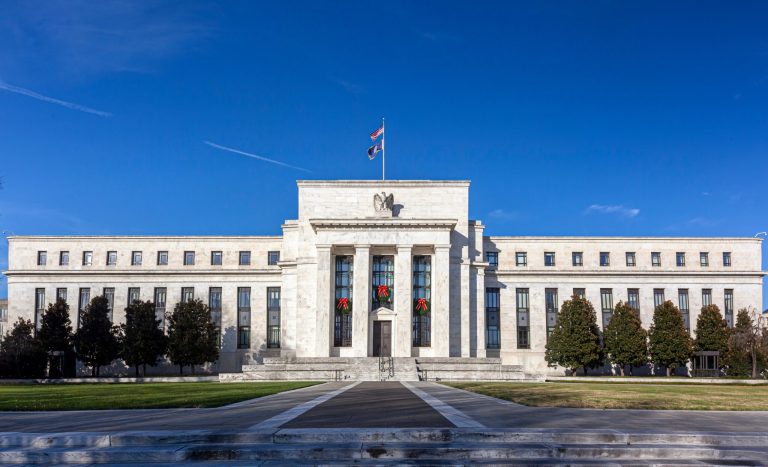Subscriptions to streaming services and the revival of the popularity of vinyl pushed the UK music industry’s revenues to a record high last year at almost £2.4 billion, the Entertainment Retailers Association (ERA) said.
The development has finally marked the recovery of the industry that was struggling due to the digital revolution that led to widespread piracy and the wiping out of the CD.
Streaming services such as Spotify, Amazon, and Apple accounted for the lion’s share of consumer spending, crossing the £2bn threshold for the first time.
Vinyl, experiencing its 17th consecutive year of sales growth, contributed significantly with a 10.5% rise in revenues to £196m.
“Music is back – thanks to streaming and the vinyl revival,” said Kim Bayley, the chief executive of the ERA.
For decades it was new release activity which drove most revenues. Digital services and retailers have become the drivers of the market.
However, since the figures are not adjusted for inflation, total UK spending on music is still likely to be below the level recorded in 2001.
Vinyl records continue to defy trends
Physical formats, which were once thought to be in decline, also saw a surprising uptick in sales.
Spending on CDs, vinyl, and cassettes rose by 6.2% to £330m, with vinyl records leading the charge.
While CD album revenues remained flat at £126m, vinyl’s growing appeal among younger and nostalgic audiences has kept it in high demand, with Vinyl album sales outpacing the market at 10.5% to £196m.
Notably, the year’s best-selling album was Taylor Swift’s The Tortured Poets Department, with 783,820 units sold across all formats, including streaming-equivalent albums.
Total album sales hit 201.4m, breaking records set in the early 2000s, although the figures now incorporate digital formats.
Challenges for music creators
Despite the impressive financial recovery, many musicians and industry stakeholders remain critical of how revenues are distributed.
While streaming now accounts for 85% of UK music income, artists claim they see little benefit from the surge.
“A record-breaking year for whom?” asked Tom Gray, chair of the UK songwriters’ body the Ivors Academy, and a member of the band Gomez.
“Music creators are not seeing a fair share of this success,” he said.
The Musicians’ Union echoed similar concerns. General Secretary Naomi Pohl highlighted ongoing challenges for professional artists, including high living costs, post-Brexit touring difficulties, and inadequate public arts funding.
“Sadly, professional musicians, artists, and songwriters are not enjoying the boom represented by these figures …
They are facing multiple problems including the high cost of living and touring, stagnating public arts funding, problems touring in the EU post-Brexit and, crucially, they are not receiving their fair share of streaming revenue.
Other entertainment sectors see mixed results
The ERA report also shed light on the performance of the broader entertainment market, including digital video and gaming.
Spending on digital video subscriptions grew by 6.9% to £5 billion, led by platforms such as Netflix, Disney+, and Amazon Prime Video.
These services now account for almost 90% of the video sector’s revenue.
Physical video sales, however, continued their decline, falling 7.9% to £156 million.
The most popular title of the year, Deadpool & Wolverine, sold 561,917 units, with over 80% purchased through digital channels.
Meanwhile, the gaming market experienced a slowdown, with revenues dropping 4.4% to £4.6 billion.
Despite this, EA Sports FC, formerly known as FIFA Sports, remained a best-seller, moving 2.9m units, 80% of which were digital downloads.
The post Taylor Swift dominates album sales as UK music revenue reaches record high in 2024 appeared first on Invezz










